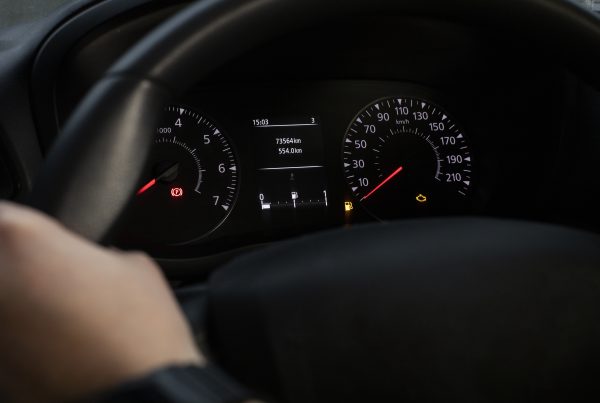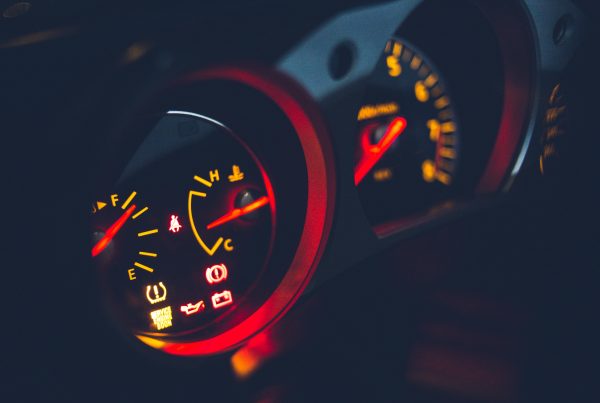The European Union introduced the Euro 1 to 6 standards to reduce vehicle pollutant emissions. Over the years, these standards have become increasingly stringent. Here is a simplified yet technical explanation of the Euro 1 to 6 standards in the automotive sector.
Understanding the Euro Standards
The Euro standards are regulations established by the European Union to control vehicle pollutant emissions. Since their introduction in 1992, these standards have evolved to address growing environmental challenges. The Euro 1 to 6 standards have progressively lowered the emission limits for various pollutants, thereby improving air quality.
Euro 1 Standard (1992)
The European Union introduced the Euro 1 standard in 1992. Its primary aim was to reduce carbon monoxide (CO) and nitrogen oxides (NOx) emissions. The main requirements of the Euro 1 standard were:
-
- Mandatory three-way catalytic converter: Manufacturers had to equip vehicles with this device to reduce CO, NOx, and unburnt hydrocarbons (HC) emissions.
- Unleaded gasoline: The introduction of unleaded gasoline was essential for the proper functioning of catalytic converters.
Euro 2 Standard (1996)
In 1996, the Euro 2 standard introduced stricter limits for the same pollutants. It aimed to further reduce emissions of CO, NOx, and HC, as well as particulate matter (PM) from diesel vehicles. The main requirements were:
-
- Reduction of CO emissions: Regulators lowered the limits for passenger cars and light commercial vehicles.
- Introduction of PM limits: Specific limits for particulate emissions from diesel vehicles were introduced.
Euro 3 Standard (2000)
The Euro 3 standard, introduced in 2000, brought significant changes. It added real-world testing and separated limits for NOx and HC. The main modifications were:
-
- Separation of NOx and HC: Distinct limits for nitrogen oxides and hydrocarbons were introduced.
- Real-world testing: Vehicles had to pass more rigorous tests to verify emissions under actual driving conditions.
Euro 4 Standard (2005)
The Euro 4 standard, implemented in 2005, further lowered limits for key pollutants. Additionally, it introduced requirements for fine particulate emissions from diesel vehicles. The main requirements were:
-
- Reduction of NOx emissions: Regulators significantly lowered nitrogen oxide limits for diesel engines.
- Improved particulate filters: More efficient filters were required to capture ultra-fine particles.
Euro 5 Standard (2009)
In 2009, the Euro 5 standard introduced even stricter limits for NOx and PM emissions, particularly for diesel vehicles. The main requirements were:
-
- Reduction of NOx emissions: Limits for nitrogen oxides were significantly lowered for diesel engines.
- Enhanced particulate filters: More effective filters were required to capture ultra-fine particles.
Euro 6 Standard (2014)
The Euro 6 standard, introduced in 2014, is currently the strictest regulation for controlling vehicle pollutant emissions. It brought drastic reductions in NOx and fine particulate emissions for diesel vehicles, as well as HC emissions for gasoline engines. The main requirements are:
-
- Drastic reduction of NOx: Limits for nitrogen oxides from diesel vehicles were further lowered.
- Introduction of RDE and WLTP tests: Real Driving Emissions (RDE) tests and the Worldwide Harmonized Light Vehicle Test Procedure (WLTP) were introduced for more accurate emission measurements.
- Improved emission controls: Vehicles now need advanced technologies such as Selective Catalytic Reduction (SCR) systems and Gasoline Particulate Filters (GPF).
Conclusion
The Euro 1 to 6 standards have played a crucial role in reducing vehicle pollutant emissions. They have significantly contributed to improving air quality and protecting the environment. Over the years, each new standard has introduced stricter limits and advanced technologies to ensure that vehicles are as clean as possible.
By understanding these Euro 1 to 6 standards, consumers can make more informed choices about the vehicles they purchase. Additionally, car manufacturers can continue to innovate to create cleaner and more efficient engines.
Do you have questions about the Euro standards or emission reduction technologies? Share your thoughts and questions in the comments!





